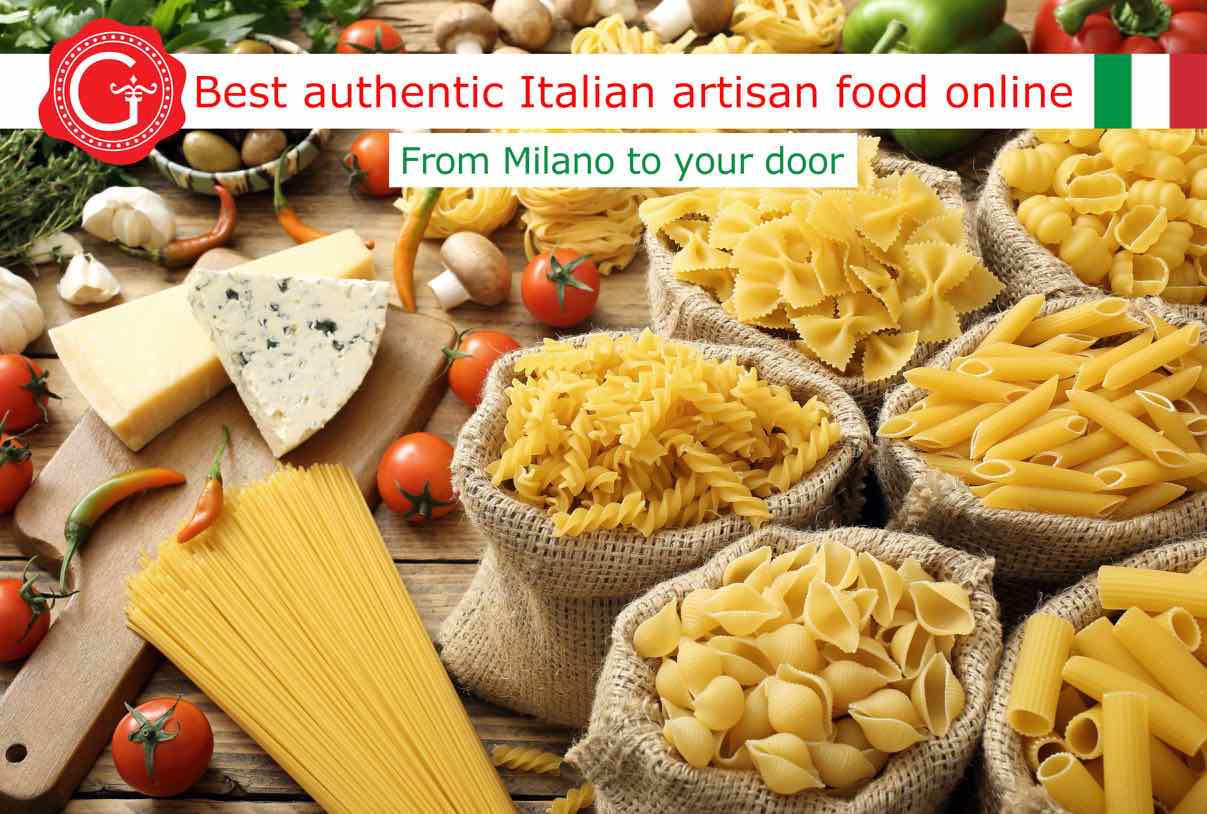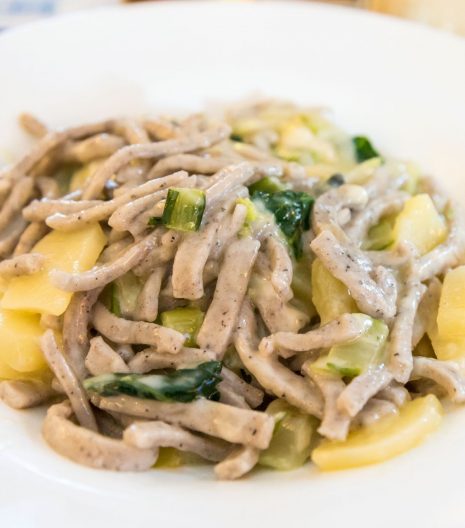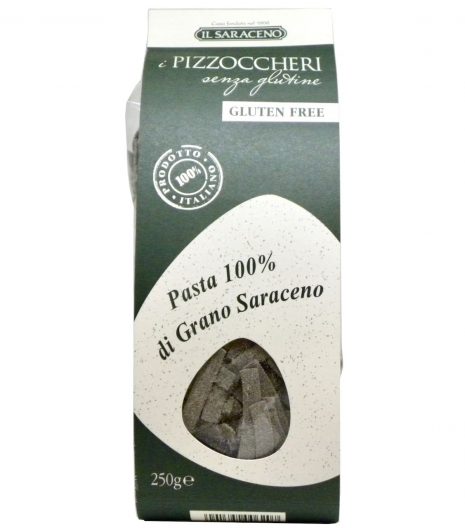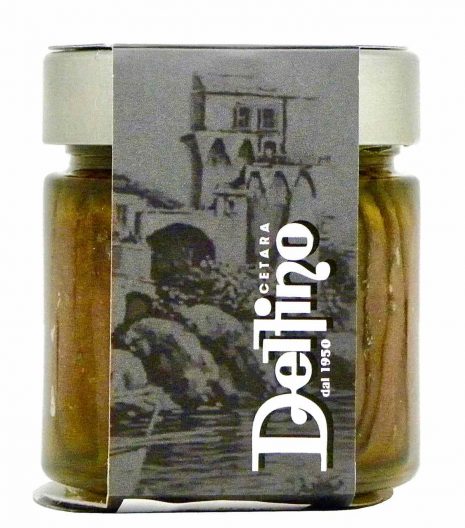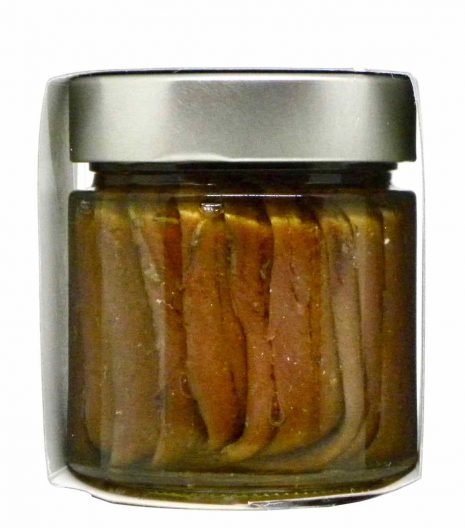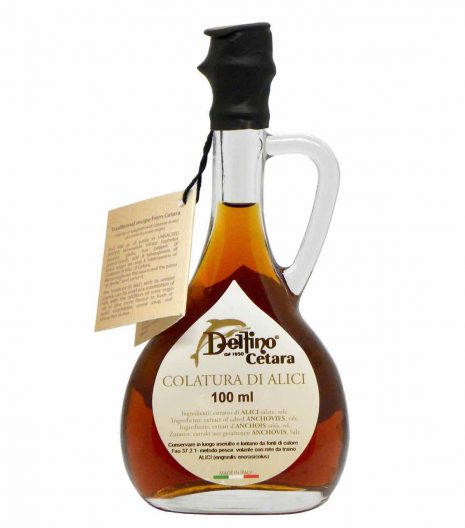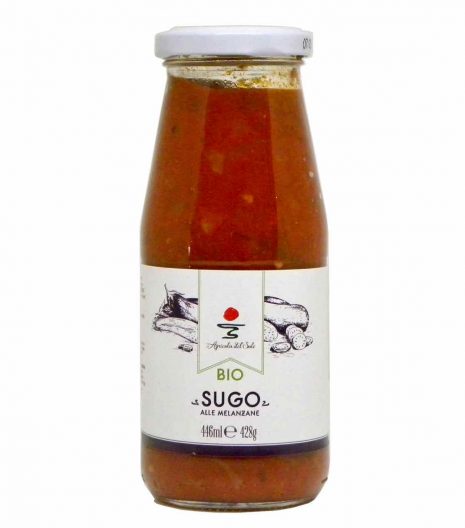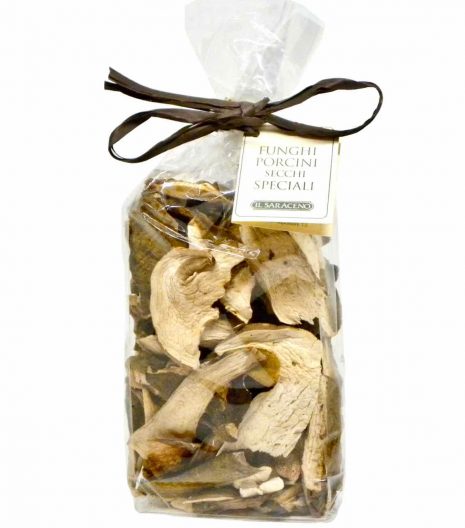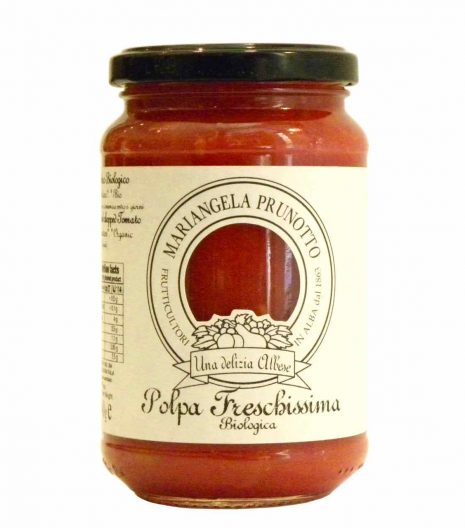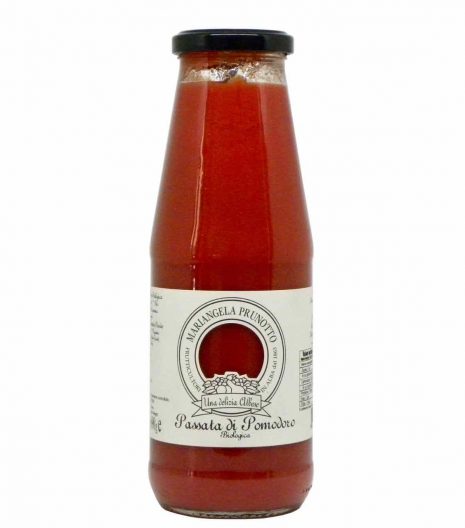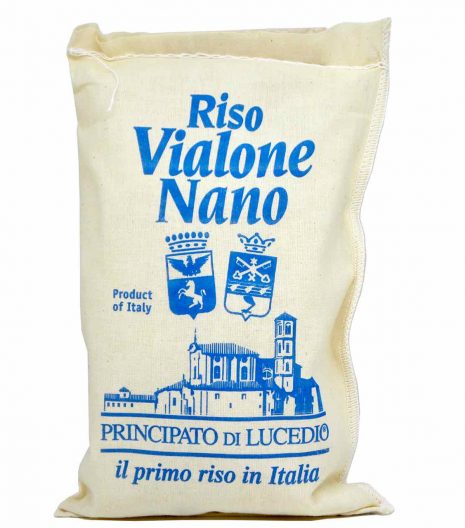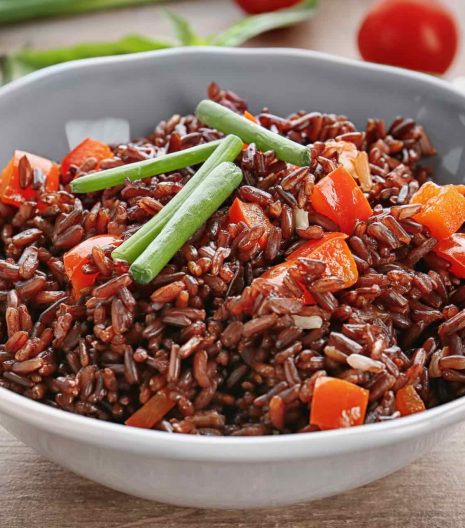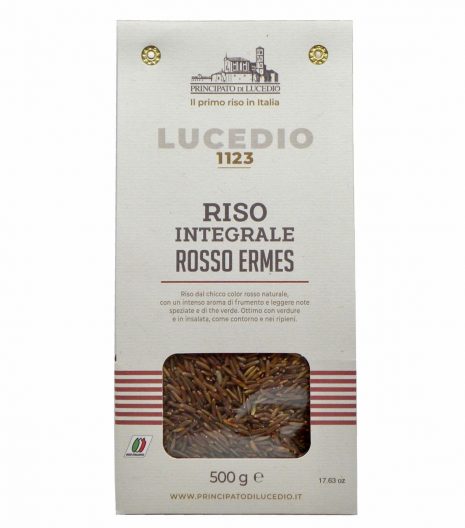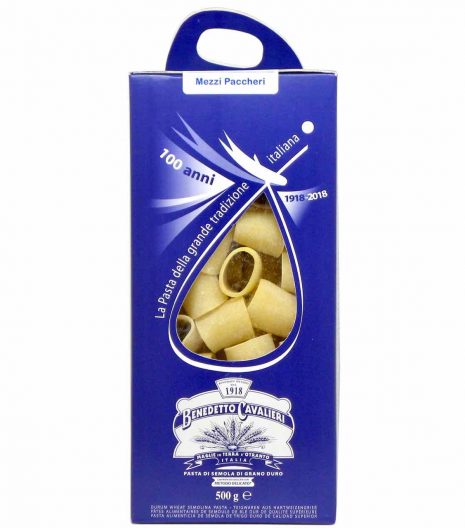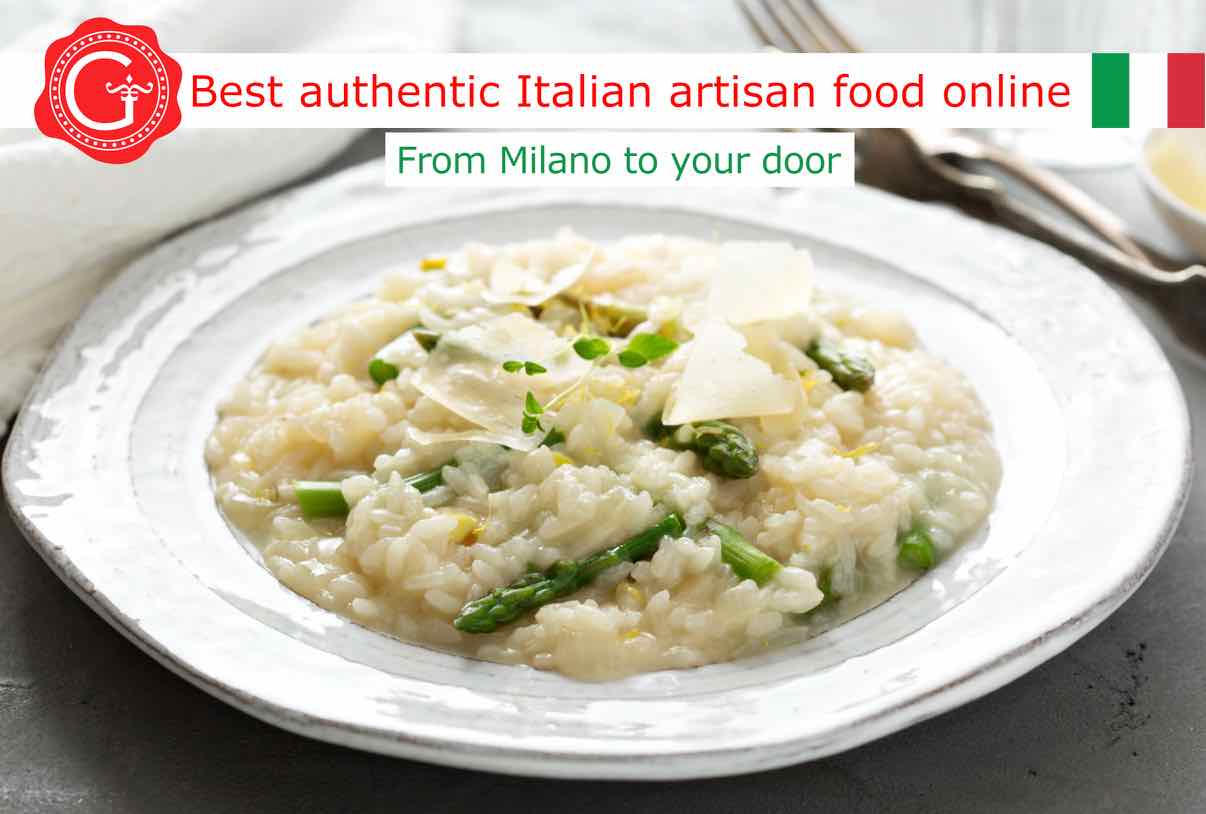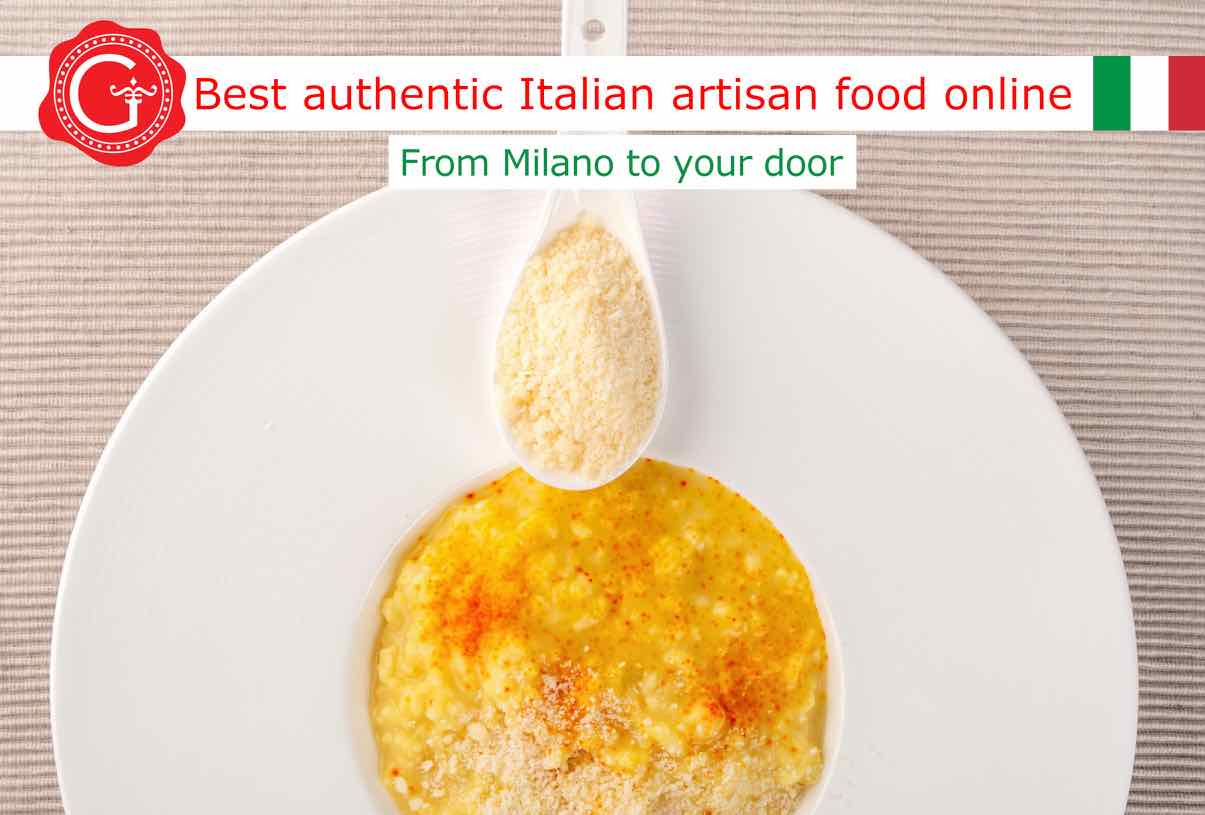There are many types of pasta, which differ in their shape and ingredients.
Pasta is considered one of the pillars of Italian cultural identity. However, pasta and the different types of pasta present in the world today are the result of the work of very long periods of time not only in Europe, but also in China and in the Arab countries.
The aim of our journey into the world of pasta is not to provide a complete list of all types of pasta, but to offer some criteria to orientate and choose the best pasta varieties, some Italian pasta shapes and names and the best Italian types of pasta for the creation of your Italian dishes.
WHICH ARE THE DIFFERENT PASTAS?
There are many varieties of pasta. In general, considering the different types of pasta, we can distinguish between dried pasta and fresh pasta, durum wheat semolina pasta and soft wheat pasta, egg pasta and pasta without egg.
The distinctly Italian appearance is given by the variety of types and sizes of pasta and by the remarkable creativity in the ways of cooking it.
Durum wheat pasta is the basic ingredient of many dishes of the Italian culinary tradition.
The durum wheat pasta can be made of hard-wheat semolina or whole durum wheat semolina.
The shape of the pasta is important not only for the different sensation for the eyes and for the palate, but also for pairings with sauces.
Some types of pasta, because of their shape, collect more sauce than others: for example, think of a Shell compared to Spaghetti!
Even the ridges that we find on some types of pasta contribute to retain the sauces.
SHOP ONLINE THE BEST TYPES OF PASTA AND ARTISAN ITALIAN FOODS
On Gustorotondo you find best artisan authentic pasta and good Italian foods.
We look for producers who have high-quality standards, and we offer artisan Italian good products that enhance the tradition and authentic flavours of Italian cuisine.
Gustorotondo was born as a traditional Italian food store in the center of Milan, and then started the e-commerce business. Now you can buy traditional Italian food online on Gustorotondo from all over Italy, from England, from Germany, from Holland and the Netherlands, from the Czech Republic, and from all the other European countries.
Shop online the best authentic artisan Italian food at Gustorotondo!
SHOP THE BEST ARTISAN ITALIAN FOODS
ORIGINS OF THE PASTA SHAPES: LASAGNE AND VERMICELLI
There are innumerable forms of pasta.
Some types of pasta are known all over the world, while other forms are known only in Italy or in particular Italian regions.
Perhaps the broadest categories from which the current formats derive are:
- Lasagna, a foil that can then be cut out to obtain numerous pasta shapes
- Vermicelli
The term Maccheroni, with which today many indicate a short pasta format, originally indicated a kind of gnocchi usually in millet flour, and was then used to indicate every type of fresh or dried pasta.
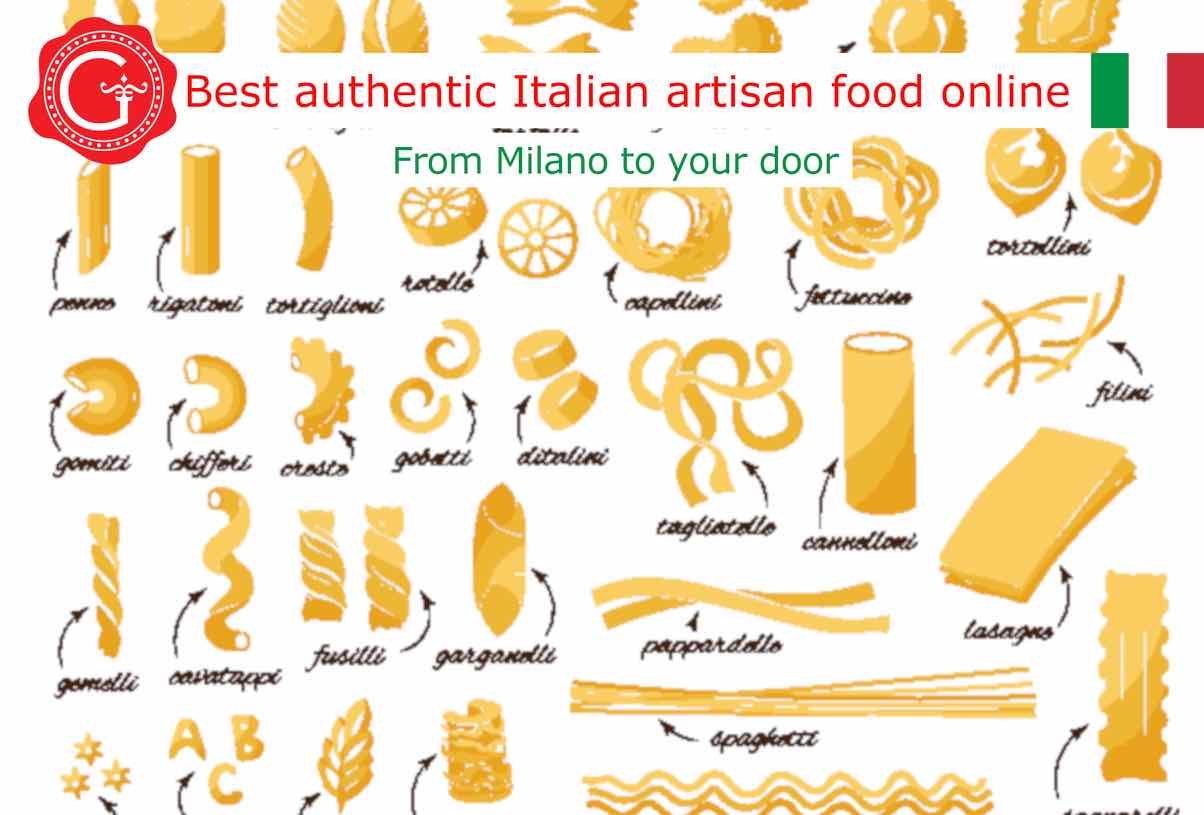
FOLLOW US
Pasta shapes from the Lasagna family
Some of the pasta shapes deriving from the Lasagna foil are:
- Lasagna: the shape of Lasagne (Italian plural of Lasagna) is often rectangular; the Lasagna is a little thicker than Tagliatella
- Tagliatelle: tagliatelle are obtained by cutting a rolled sheet of pasta. Their name, 'tagliatelle', comes from the Italian verb tagliare that translates to cut
- Tortelli: the name Tortelli comes from 'torta', which translates to 'cake'; they are called Tortelli because they are like small cakes with fillings (e.g. of meat or vegetables)
Pasta shapes from the Vermicelli family
Now let's take a look at some types of pasta from the Vermicelli family.
- Spaghetti: it is perhaps the best-known format. The term spaghetti appears perhaps for the first time in 1819, from the “Dictionary of the Italian language" by Tommaseo and Bellini
- Spaghetti alla chitarra. Chitarra translates guitar. The name 'alla chitarra' derives from the fact that they were prepared with a rectangular wooden frame on which there were thin metal wires, a bit more than a millimeter distant from each other. The pasta dough was placed on the frame and pressed with the help of a rolling pin
- Maccheroncini: the Maccheroncini are small cylinders of pasta. Originally they were produced by rolling the pasta dough around a wire
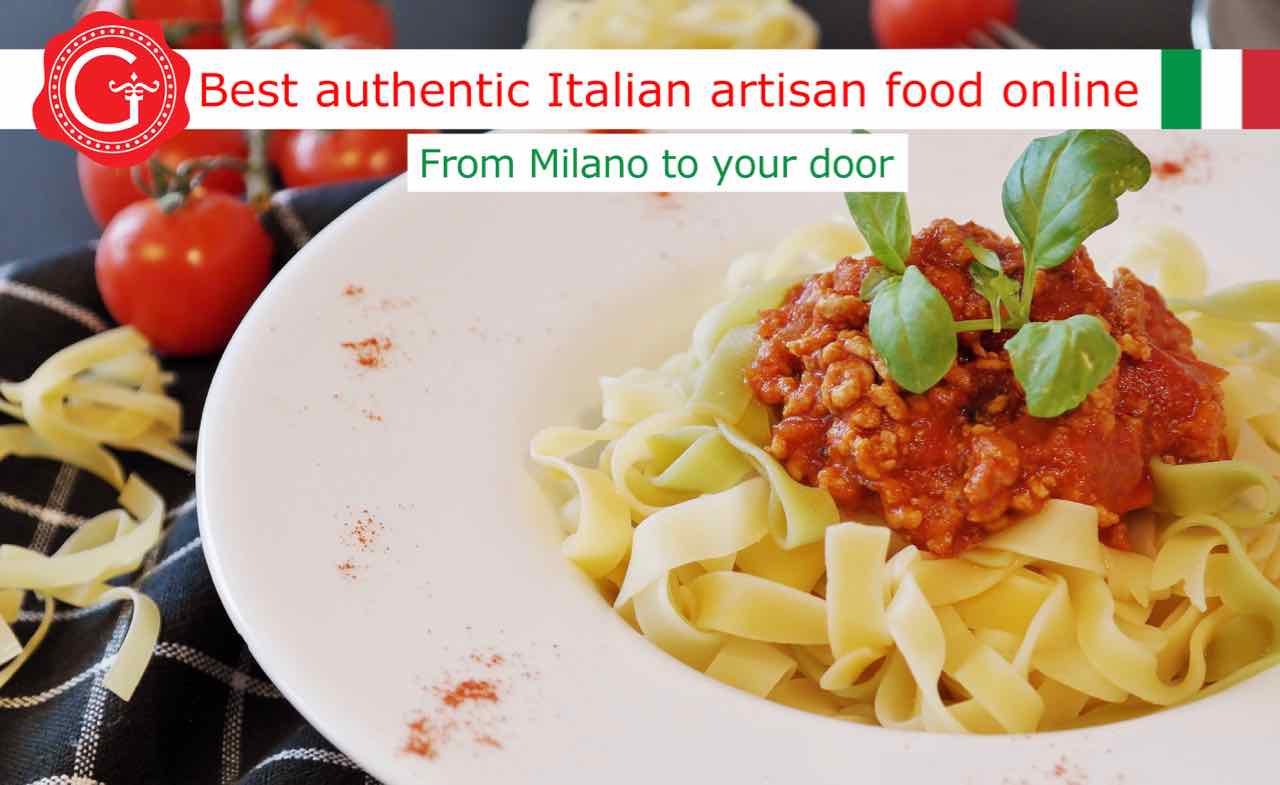
TYPES OF PASTA ACCORDING TO LENGTH AND OTHER CHARACTERISTICS
The types of pasta are often classified according to length: we hear about long pasta and short pasta, types of long pasta and types of short pasta, as well as pasta. Let's see something more about this classification.
Types of short pasta: short pasta shapes
Among the types of short pasta we find:
- Types of short pasta with a tubular shape, such as Penne and Rigatoni
- Types of short shell pasta, such as Conchiglie and Orecchiette
- Other formats, such as Radiators, Fusilli, Farfalle
Types of pastina
Pastina translates small pasta. It is tiny pasta that is sometimes used to make Pasta in broth.
There are different types of pastina, such as Stelline, Ditalini, Fregula.
Smooth, porous or ridged pasta?
The types of pasta also differ for the kind of surface. In fact, there are:
- Smooth and shiny types of pasta, appreciated for their lightness
- Rough and porous types of pasta, which retains the seasoning better
- Ridged types of pasta, which retains sauces even better
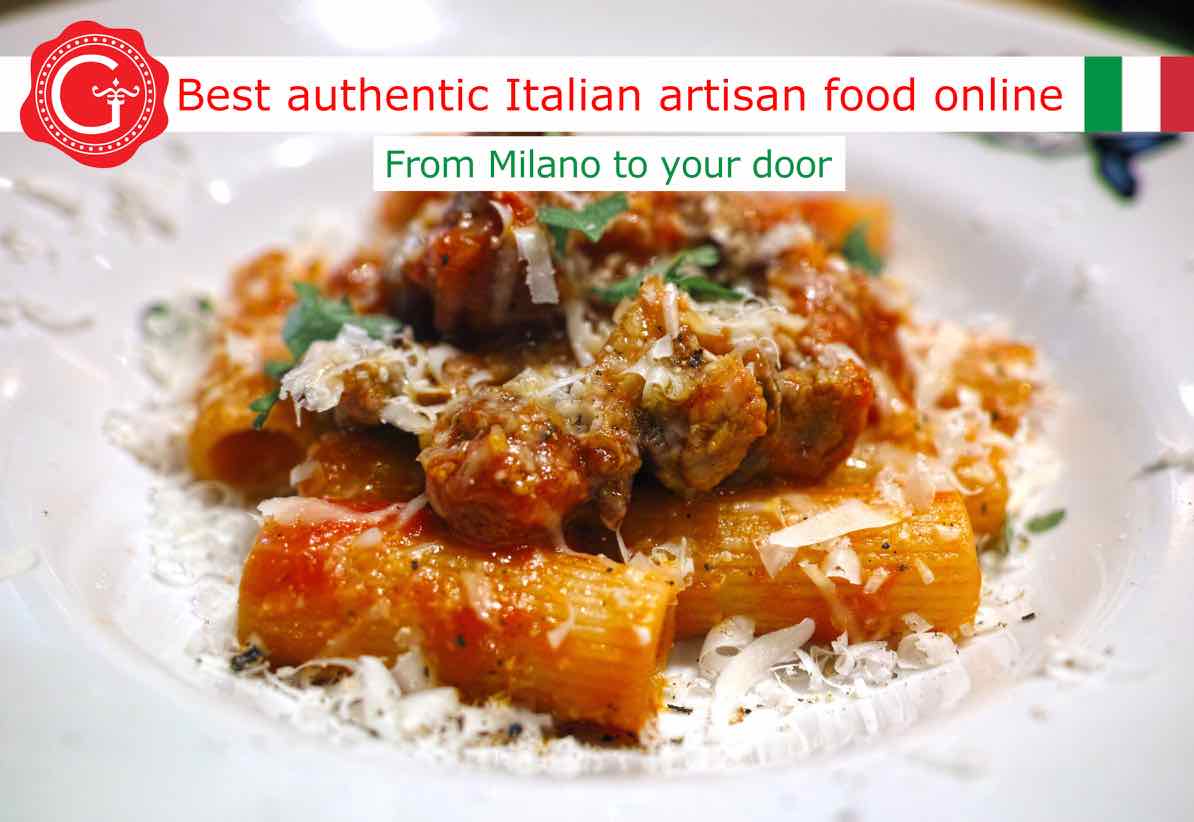
TYPES OF PASTA: SOME PASTA SHAPES AND NAMES
Let's now look more specifically at some pasta shapes and names ad to some pairings.
Spaghetti
Our pasta shapes and names overview starts with Spaghetti.
Spaghetti is a decidedly classic pasta shape.
There are different types of spaghetti: spaghetti with a round section of different diameters, and spaghetti with a square section (Spaghetti alla chitarra).
In some regions of Southern Italy, spaghetti are called Maccheroni, a term that in the North of Italy indicates only rigatoni.
Spaghetti usually combine with tomato-based sauces, or with the simple and classic 'garlic and oil and chilli pepper', or with clams and, in general, seafood.
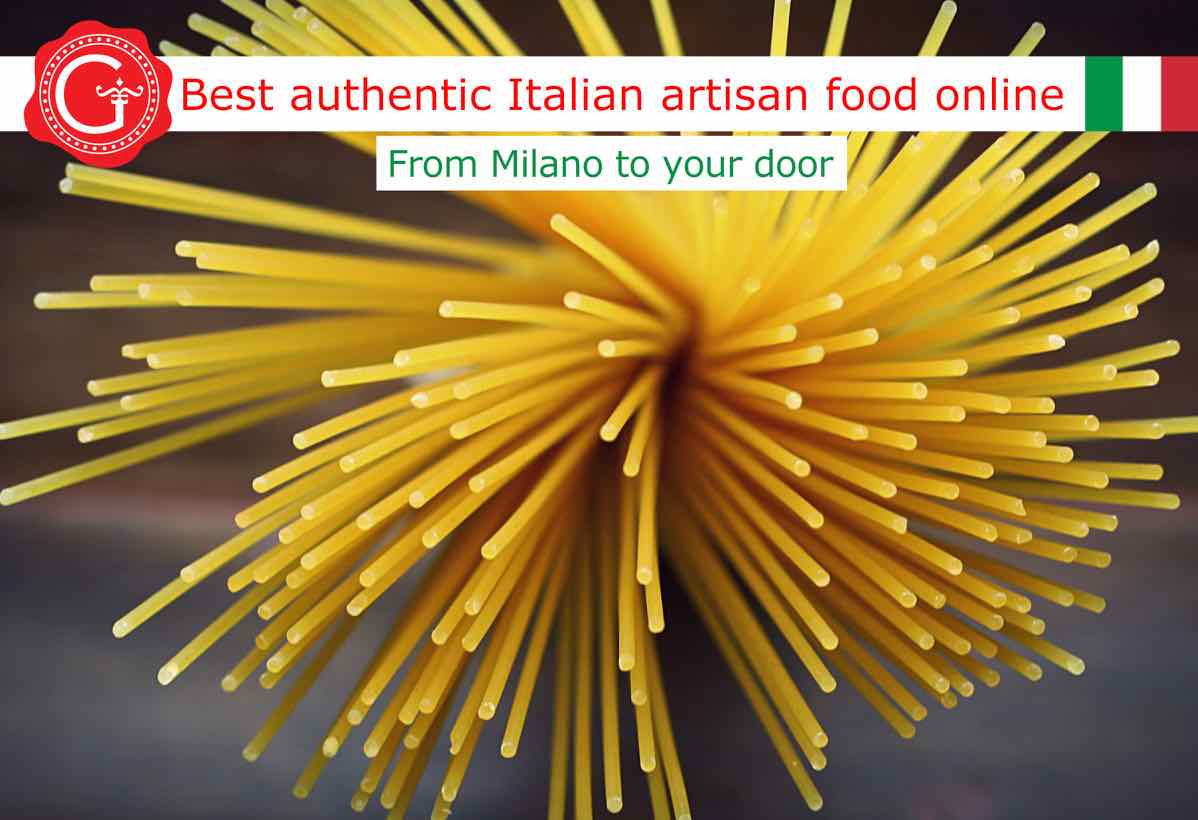
Linguine
Linguine are a long type of pasta. They are similar to spaghetti, but flat.
Linguine usually combine with sauces based on fresh tomatoes, sea-based sauces and 'white sauces' made with soft cheeses.
In Genoa, the linguine goes well with Pesto alla Genovese.
Penne rigate
The Penne Rigate, Ridged Penne, thanks to the ridges that retains full-bodied sauces, pair well with ragù and sauces based on vegetables such as artichokes, zucchini or peppers.
A very famous dish is that of penne all'arrabbiata.
Paccheri
Thanks to their wide cavity, the Paccheri pair particularly well with full-bodied sauces and meat ragù sauce. Try them with vegetable or meat sauce, with tomatoes, olives and ricotta, with swordfish and other Mediterranean flavours.
PASTA SHAPES AND PAIRINGS: GENERAL INDICATIONS
As for the pairing of different types of pasta with sauces, there are basically four characteristics to consider:
- The extrusion process, that can be accomplished with bronze or Teflon dies
- The pasta format, which can be for example smooth, thick, or thin
- The ability to retain sauces, which depends on the format and on the extrusion process
- The Intensity on the palate
Bronze or Teflon Dies
To consider pasta shapes and pairings, let’s start from the extrusion process.
The dough obtained with a Teflon extruder is smoother, while the dough obtained from an extruder is rougher. The rough pasta is a type of pasta that retains sauces better than the smooth one, so each of the two types of pasta goes better with some seasonings than others.
The porous surface better captures the looser sauces, while a smoother texture is perfect with more “enveloping" sauces.
Pasta shapes and pairings: the pasta format
The pasta format can be striped, smooth, holed, thick or thin, and depending on the format the taste experience is different. The types of pasta with good consistency while chewing, such as Spaghettoni or Rigstoni, are suitable for a robust sauce such as Carbonara, while the very thin Angel Hairs are not suitable for robust sauces. On the other hand, a light condiment such as garlic, oil and chilli pepper does not pair well with a robust format like Rigatoni.
In general, it is normally thought that the more ‘gentle’ formats, such as Farfalle, pair well with light and fresh condiments, such many vegetable-based sauces. More structured pasta shapes, such as Tortiglioni or Bucatini, pair better with robust sauces such as ragù.
The pasta formats with a concave shape, such as the Shells, can contain more liquid sauces inside them.
Intensity on the palate
To consider pasta shapes and pairings, let’s now consider Intensity on the palate.
Think about the Tagliatelle: their width tends to “spread" on the tongue, and therefore they go well with a tasty sauce such as game ragout.
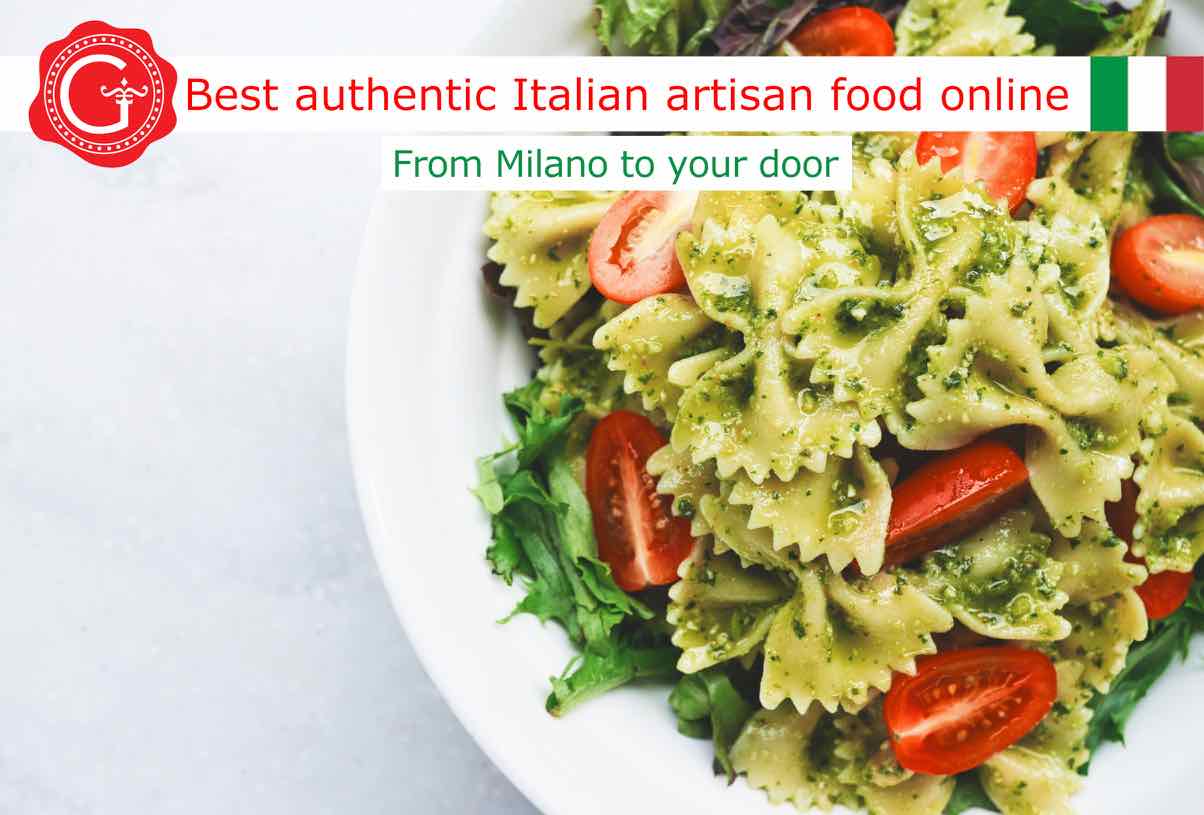
Pasta shapes and pairings: some examples
In light of what we have seen, we can understand for example the combination of orecchiette and turnip greens. In fact, the concave shape and the porous surface of the orecchiette help to collect a condiment that other types of pasta, such as spaghetti, would not be able to hold.
On the other hand, Tagliatelle, thanks to their smooth and slippery surface, combine well with savory condiments like mushroom sauce.
Also the fact that the pasta we are cooking releases more or less starch helps to choose the appropriate seasoning. If the pasta releases much starch, joining slightly more liquid seasonings will give life to a soft and smooth consistency.
This typically happens with linguine, which marries well seafood with a creamy effect.
Here are some examples of pasta shapes and pairings:
- Bucatini: amatriciana. gricia, structured sauces with tomato and cheese
- Bavette: simple sauces based on fish, Genoese pesto
- Fusilli: ragù, meat sauces, ricotta
- Lasagne: sauces rich in meat, cheese and vegetables
- Maccheroncini: ragù, meat sauces, tomato sauces
- Rigatoni: full-bodied sauces, meat or vegetable ragù, sausages
- Spaghetti: garlic oil and chilli, fish sauces, carbonara
- Conchiglie: tomato sauces, meat sauces
- Farfalle: simple and light sauces based on raw evoo -extra virgin olive oil, summer pasta salad with vegetables
- Orecchiette: turnip tops, tomato sauces and ricotta
- Paccheri: fish sauce, full-bodied sauces with vegetables. Excellent for making stuffed baked pasta
SOME SOURCES AND NOTES
Pasti’amo? ‘I Quaderni dell’Alberghiero’, Anno scolastico 2016/2017, Numero 4, Prof. Vito MArco Di Giovanni, Istituto di Istruzione Secondaria Superiore ‘Luigi Einaudi’, Sede di via Napoli, Servizi per l’Enogastronomia e l’Ospitalità Alberghiera.
Serventi Sabban, La Pasta, Storia e cultura di un cibo universale, Editori Laterza
IF YOU ENJOYED THE ARTICLE ABOUT THE TYPES OF PASTA, SHARE IT AND SIGN UP TO THE GUSTOROTONDO NEWSLETTER!
Gustorotondo Newsletter informs you about good Italian food, Italian recipes and cuisine, Italian artisan producers, tasty & healthy food products and exclusive offers.


